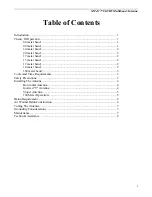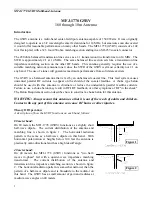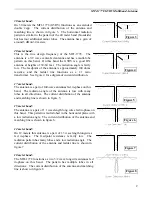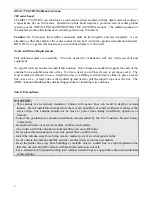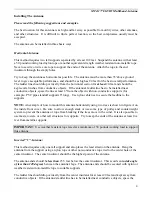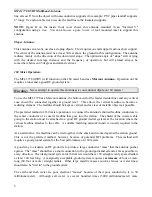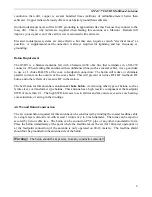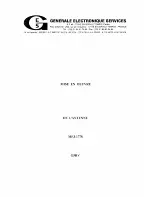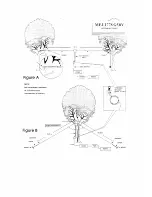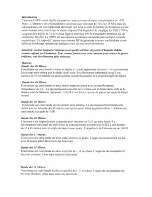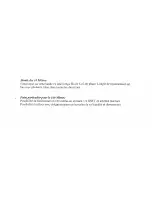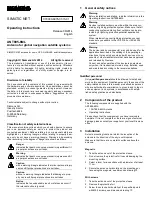
MFJ-1778 G5RV Multiband Antenna
7
Tuning The Antenna
The G5RV requires a tuner to match it to the transmitter impedance. Operating this antenna without a
tuner is not recommended. The use of a tuner like the MFJ-962C or MFJ-986 will provide proper
matching on all HF bands.
Important
: If you have a problem tuning this antenna on any band, try changing the length of the
coax (by 3-6 feet) from the tuner to the antenna.
Grounding Considerations
This antenna requires a good earth ground connection to reduce the risk of lightning damage to the
station equipment and to improve operator safety. Adequate protection can be obtained by burying the
coaxial feedline
directly
in the ground for 20 feet (or more) before the feedline enters the building. The
feedline's shield should be grounded to the station ground at the entrance point of the building before
reaching the operating position. Failure to follow these precautions will increase the risk of lightning
damage to equipment and reduce safety.
The earth ground should consist of at least one copper ground rod driven into the earth a minimum of 6
feet. Multiple ground rods and buried wires are superior to a single rod for lightning and RF
protection. 160 meter operation requires special grounding considerations. These considerations are
discussed in the "160 Meter Operation" section.
Never use woven flexible braiding for ground connections unless
absolutely necessary
. Braiding has
high resistance to RF and lightning. Copper flashing, wide copper foil, or large gauge solid copper
wires are the proper materials for use in RF and lightning grounding applications. Never ground the
feedline on the antenna side of the balun.
In-line coaxial lightning arrestors offer a minimal improvement in lightning protection. The best
method of protecting station equipment is to disconnect the feedline outside the building.
Maintenance
This antenna is constructed of heavy duty materials and should withstand normal climates for many
years. The use of some type of coaxial connector moisture protection is recommended at the bottom
coax connection. This is especially true in coastal areas where salty mist is commonplace.
GE makes a pure silicone grease called "
silicone dielectric compound
" that can be applied
sparingly
to
the threaded area of the female connector. This compound, or even a clear silicone heat sink
compound, will prevent moisture from entering the connector through the threads and protect the
connectors from corrosion.
This is the same type of sealer that commercial antenna installers and
CATV companies use with great success
.
A less desirable but adequate sealer is the automobile seam sealer commonly marketed as "coax seal".
This is a pliable black sealing compound.


